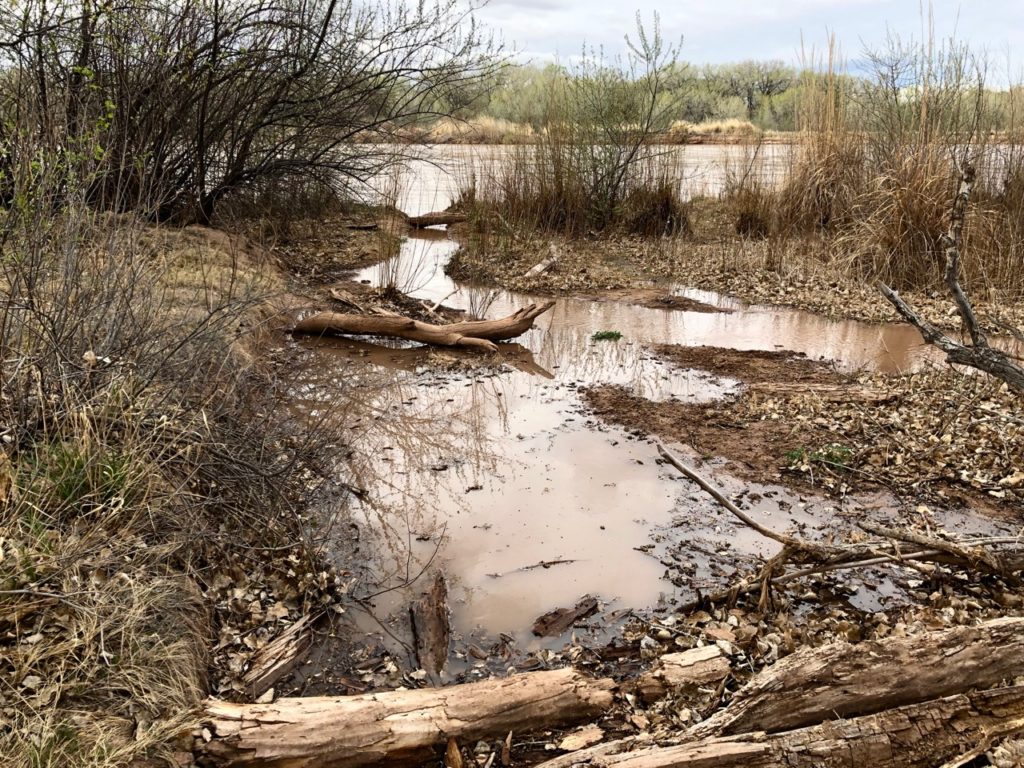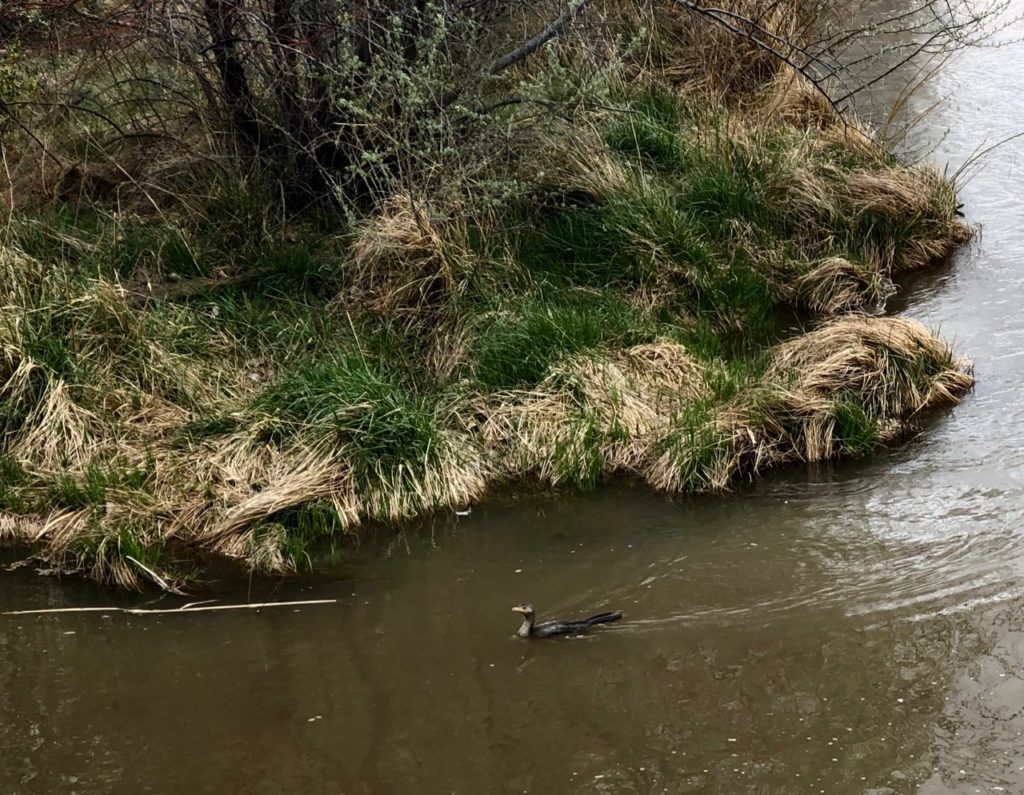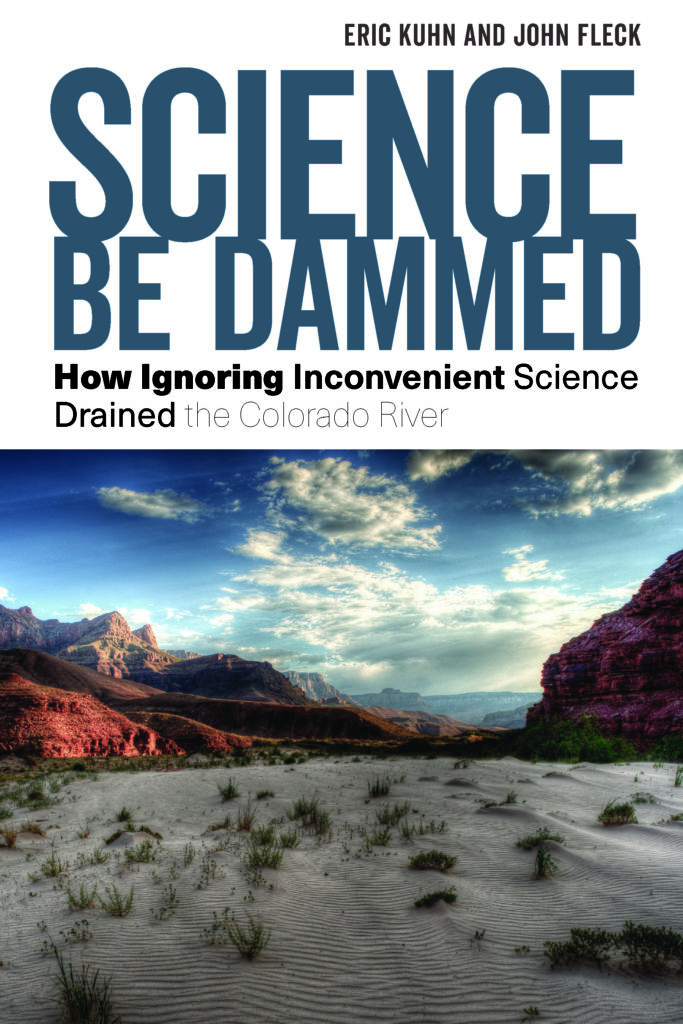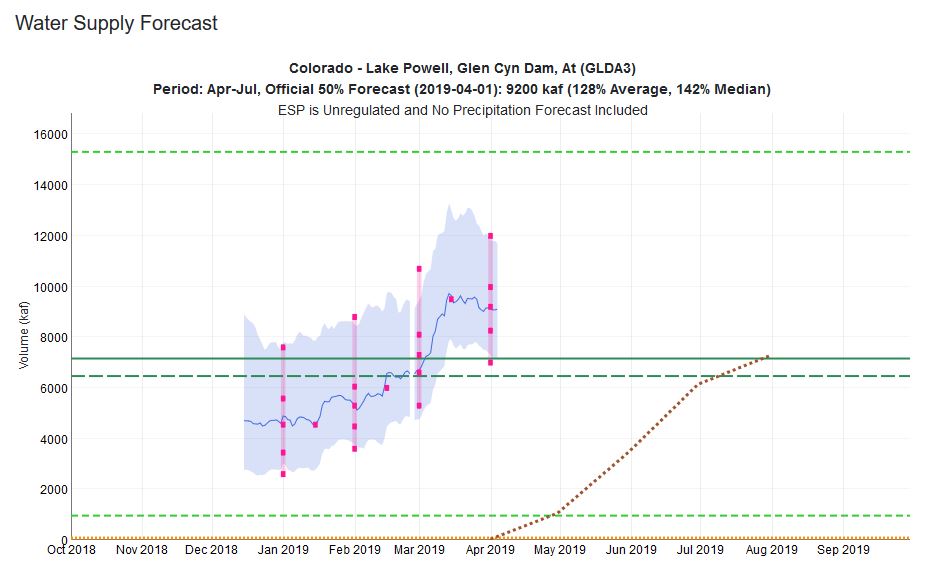Tuesday was a remarkable day for Colorado River Basin governance.
The Good
With the kinda sorta now approved Drought Contingency Plan, we have the first formal commitment from the basin states to quantified water use cutbacks of more than a million acre feet per year as Lake Mead drops. With important caveats, this is enough to stabilize the reservoir.
This is arguably the most important milestone in river management since the early 2000s.
The Bad
The last-minute deal cut out the Imperial Irrigation District and, in the process, Imperial’s claims and concerns about the environmental and health quality problems associated with a shriveling Salton Sea. There is blame to go around for this messy end, but at its root it is a profound failure of Colorado River Basin governance. One of the most important side effects of our efforts to reduce Colorado River water use over the last two decades, a problem that affects a lower income Hispanic community, was formally, visibly, and explicitly left out of the decision at the 11th hour.
Depending on what happens next, this could become a singularly important element of the above mentioned “most important milestone in river management”, and not in a good way.
The Good: Taming the Structural Deficit
At a talk during the 2013 meeting of the Colorado River Water Users Association, Arizona’s Tom McCann presented this slide:

Tom McCann, Central Arizona Water Conservation District, CRWUA 2013
It’s a pretty striking visual, given the assumptions that went into it.
This is not a measure of the impact of drought or climate change shrinking Lake Mead. This graph assumes that the states of the Upper Basin are meeting their full legal obligations under the Colorado River Compact, plus delivering half of the U.S. obligation to Mexico under the 1944 treaty. This is simply water balance arithmetic, a “structural deficit.” Given the structure of the Colorado River allocation rules and full Upper Basin deliveries:
- Inflow: ~9maf
- Outflow, including evaporation and system losses: ~10.2maf
Given that reality, as the Bureau’s Terry Fulp said in my last book, “Lake Mead will go down.” The math here is not hard.
It also is not hard, in principal, to see what is needed to fix it. Use less water. DCP does that.
Under DCP, the states (and Mexico, under a companion agreement) have agreed to a series of cutbacks as Lake Mead drops that would slow its decline and, when it reaches an elevation of 1,030-1,040 feet above sea level, would fully meet the 1.2maf “structural deficit”, as Tom described it in 2013.
Rather than trying to cling to their Law of the River-promised paper water allocations and lawyering up, water users of the Lower Basin have collectively agreed to reduce their use by more than a million acre feet per year.
This is a striking confirmation of the central hypothesis of my last book – that we have entered a new era of collaborative governance on the Colorado River, that water is no longer for fighting over.
The Bad: Imperial and the Salton Sea
But clearly we also have, as you can see in this from Desert Sun’s Janet Wilson, a counter-argument against my collaborative governance hpothesis:
“I have six grandchildren who live on the Salton Sea and five of them have asthma. On behalf of them, I say, ‘Damn them. Damn them,’” said IID board member Jim Hanks.
“As we gather here today on the shore of the Salton Sea strewn with bleached bones, bird carcasses and a growing shoreline,” Hanks said, “and as champagne is being prepared for debauched self-congratulation in Phoenix, remember this: The IID is the elephant in the room on the Colorado River as we move forward. And like the elephant, our memory and rage is long.”
The linked story by Wilson and the Arizona Republic’s Ian James explains the background, but in short the Imperial Irrigation District made a last-ditch effort to condition its participation in DCP on federal funding to help mitigate environmental and public health problems associated with the Salton Sea. In a push to get the deal done California’s other Colorado River Water users, led by the Metropolitan Water District of Southern California, cut IID out of the deal and forged ahead without them.
In conversations with Colorado River leadership over the last week, I’ve heard a combination of sympathy for the stance taken by Hanks and his colleagues and frustration with the way Imperial handled the whole affair.
The process by which California worked out the details of its DCP agreement was relatively opaque, so it’s hard for those of us on the outside to understand exactly how this happened. Clearly until late last year, the Imperial Irrigation District was generally supportive of DCP, negotiating some valuable benefits – new water management flexibility and the ability to bank water in Lake Mead. Those things would have been of great benefit to Imperial and the rest of the basin. We all thought IID was on board.
The pivot in late 2018, with the added demand for money from the U.S. Department of Agriculture for Salton Sea mitigation, left a bunch of DCP negotiators frustrated. So I guess blame on Imperial here for not making more clear from the beginning what it needed from a DCP.
But there is a deeper issue here for which California’s entire Colorado River water management community, and perhaps the entire Colorado River Basin water management community, is to blame as well. The problems of the Salton Sea are in significant part the result of decisions made in the early 2000s to begin bringing the Colorado River Basin’s water use into balance through reductions in Imperial. It was clear even then that one of the consequences would be a shrinking Salton Sea, with environmental and public and public health effects. Commitments were made by the state of California that haven’t been kept.
The benefits of Imperial’s water use reductions accrued to all of us – certainly to California, but also to the rest of the basin. Dealing with the resulting Salton Sea problems has been left to Imperial to push for and sort out. Imperial had to bargain away other benefits it might have wanted to get the Salton Sea dealt with. This is why, sitting in my university office in far-off Albuquerque, I was cheering on Jim Hanks. As I wrote in the Sacramento Bee two years ago, “To solve the West’s water problems, California needs to solve the Salton Sea.”
It shouldn’t be Imperial’s responsibility to solve the Salton Sea, it should be all of our responsibility.
So a good outcome, or a bad one?
My co-author Eric Kuhn has been making the argument that the next steps in Colorado River Basin governance require a new rural-urban social contract. What just happened seems a huge step backward in that regard. As Eric wrote here a couple of weeks ago:
Leaving IID out of the Lower Basin DCP might make sense for a number of good reasons (especially with the great snowpack which reduces the risk faced by the Metropolitan Water District of Southern California in shouldering the DCP burden without IID’s help), the question policy makers should consider is in the long run (post 2026 for the Colorado River Basin) is such an action going to make it easier or harder to manage conflicts on a shrinking river?
On balance, I think it was a good week. We got a DCP, with commitments to water use reductions that are sorely needed. And while Imperial didn’t get what it asked for, I hope we’ve all learned that we can’t solve the West’s water problems without solving the Salton Sea.







